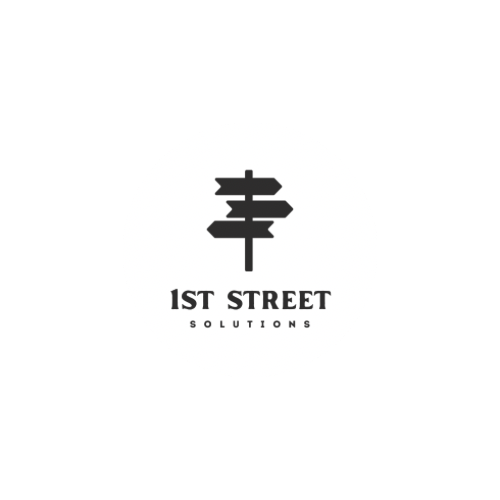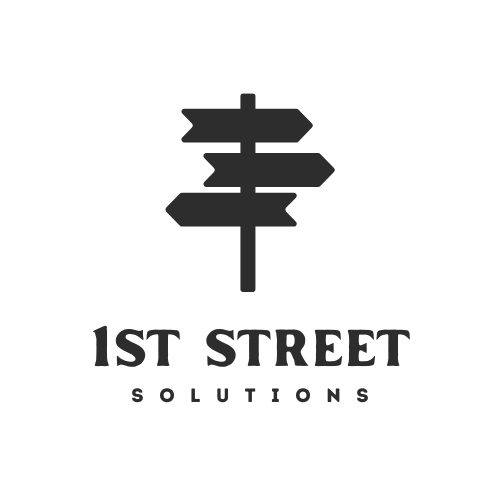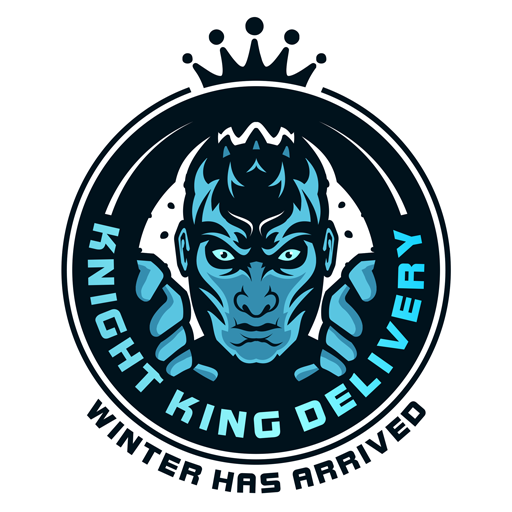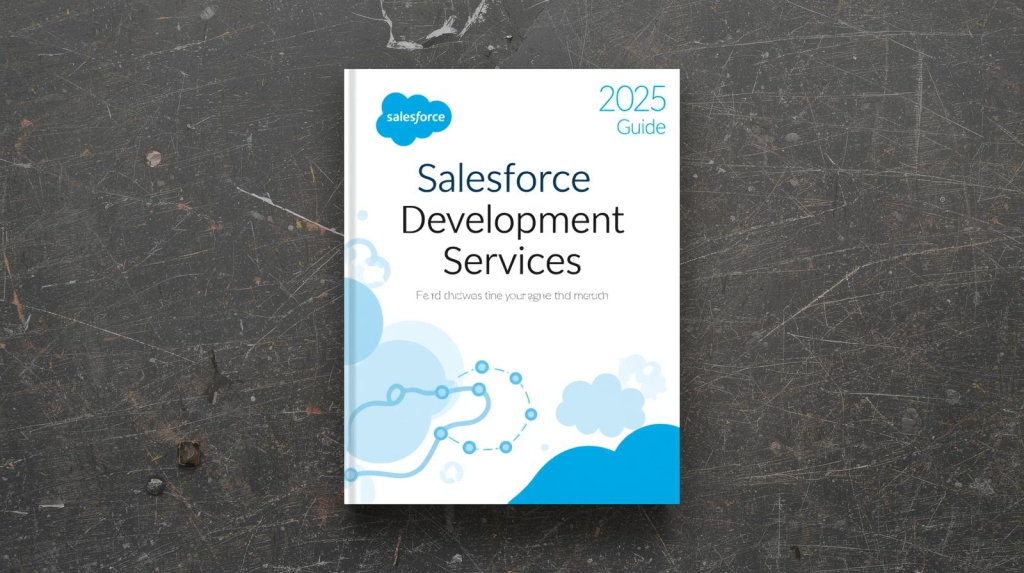Salesforce has evolved into one of the most powerful platforms for building custom business solutions. For beginners looking to step into Salesforce development in 2025, understanding the platform, its tools, and its real-world applications is key. This guide walks you through the essentials without overloading you with unnecessary jargon.
Understanding Salesforce Development
Salesforce development involves creating custom applications, workflows, and solutions on the Salesforce platform. Developers use a combination of declarative tools (click-based) and programmatic tools (code-based) to tailor the platform to a company’s needs.
Key areas include:
- Apex Programming: Salesforce’s proprietary coding language similar to Java, used to create backend logic.
- Visualforce: Framework for building user interfaces within Salesforce.
- Lightning Web Components (LWC): Modern way to build interactive web apps on Salesforce.
Beginners should focus on learning how these tools interact and how they solve real business problems.
Why Learning Salesforce Development Matters in 2025
- High Demand: Companies worldwide are expanding their Salesforce usage. A report by IDC estimates the Salesforce ecosystem will generate over $1 trillion in business revenues by 2025, creating numerous job opportunities.
- Lucrative Career: Salesforce developers earn competitive salaries globally, with junior developers earning around $80k-$90k annually and experienced developers exceeding $140k.
- Versatility: Salesforce is used in healthcare, finance, retail, and education, meaning developers can work in multiple industries.
Core Salesforce Tools for Beginners
1. Declarative Tools (No-Code)
- Flow Builder: Automates business processes without code.
- Process Builder: Allows step-by-step automation for repetitive tasks.
- Schema Builder: Visualizes and manages data relationships.
2. Programmatic Tools
- Apex: Write triggers, classes, and batch processes to automate complex logic.
- Visualforce: Build custom pages and interfaces.
- Lightning Web Components (LWC): Develop modern, dynamic applications.
3. Integration Tools
Salesforce provides REST and SOAP APIs to connect with external systems such as ERP platforms, payment gateways, or eCommerce sites. Mastering API usage is crucial for real-world development.
Step-by-Step Approach for Beginners
Step 1: Understand CRM Concepts
Before coding, familiarize yourself with Salesforce CRM basics: accounts, contacts, opportunities, leads, and reports. This ensures your development aligns with business needs.
Step 2: Start Learning on Trailhead
Salesforce Trailhead offers free learning paths. Beginners should complete modules such as:
- Salesforce Platform Basics
- Data Modeling and Management
- Introduction to Apex
Step 3: Hands-On Practice
Set up a Salesforce Developer Org (free) to experiment with:
- Creating custom objects and fields
- Writing triggers and classes
- Automating simple business workflows
Step 4: Explore Advanced Development
Once comfortable with basics, move to:
- Lightning Web Components
- API integrations
- Salesforce Einstein AI features
Best Practices for Salesforce Beginners
- Keep Code Simple: Start with small, manageable projects before scaling up.
- Document Everything: Maintain proper comments and descriptions in your code.
- Use Version Control: Tools like Git help manage changes and collaborate effectively.
- Engage with the Community: Join the Salesforce Trailblazer Community for support, tips, and networking.
- Stay Updated: Salesforce releases updates three times a year. Learning the latest features ensures your skills remain relevant.
Career Opportunities in Salesforce Development
Salesforce development opens multiple career paths:
- Developer: Focuses on custom coding, apps, and automation.
- Administrator: Manages platform settings, users, and data.
- Consultant: Designs solutions tailored to client requirements.
- Architect: Builds scalable, enterprise-level Salesforce solutions.
Final Thoughts
Salesforce development in 2025 is a practical, high-demand skill for beginners willing to learn systematically. Start with declarative tools, move to programmatic development, practice consistently, and engage with the community. With dedication, you can quickly build a career creating impactful solutions across industries.








